In the realm of animal intelligence, few creatures showcase cognitive abilities as impressive as crows. Among their remarkable skills is the capacity to recognize and remember human faces – a trait that places them in an elite category of animals with advanced recognition capabilities. This ability isn’t just a fascinating curiosity; it represents a sophisticated neural process that helps these birds navigate their increasingly human-dominated environments. By distinguishing between friendly humans who might offer food and potentially threatening ones, crows create a mental catalog of faces that informs their behavior for years to come. This article explores the fascinating science behind crow facial recognition, its implications for our understanding of animal intelligence, and what it reveals about the complex relationship between humans and these intelligent birds.
The Scientific Discovery of Crow Facial Recognition
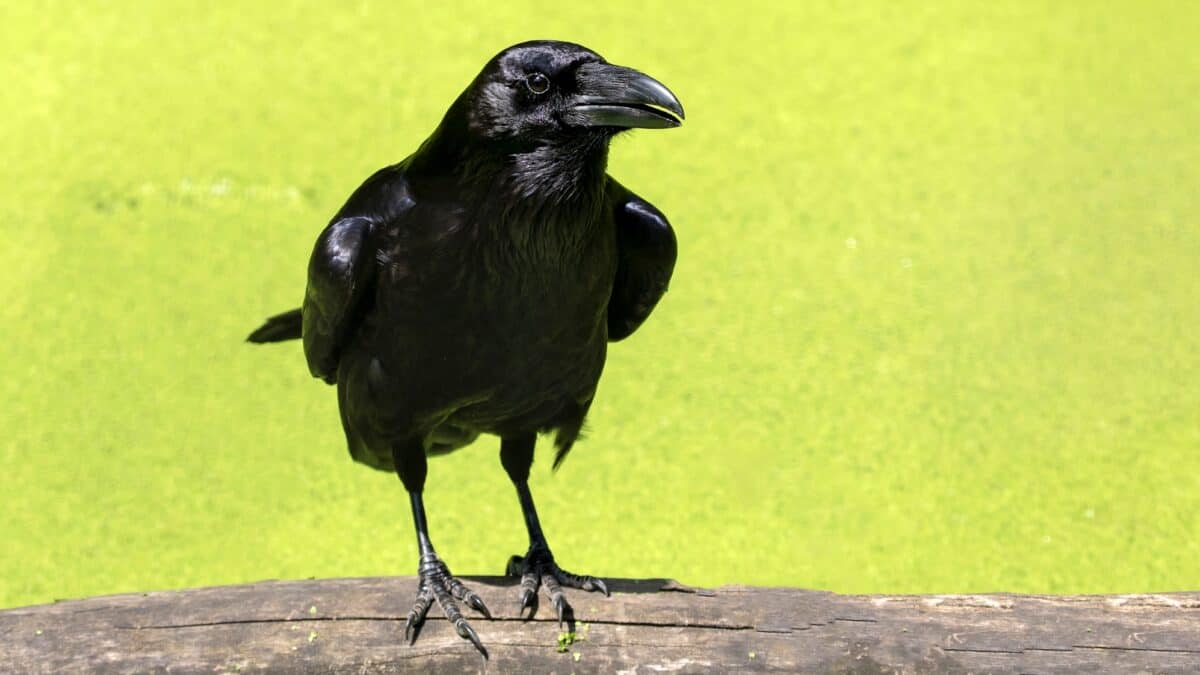
The groundbreaking research confirming crows’ ability to recognize human faces emerged primarily from studies conducted at the University of Washington. In 2006, researcher John Marzluff and his team made a remarkable discovery while studying American crows on campus. They wore realistic rubber masks while trapping and banding crows for research purposes. After release, these birds not only remembered the specific mask associated with the negative experience but would also dive-bomb and scold anyone wearing that particular mask – even years later. Control masks worn by researchers who didn’t trap crows received no such reaction, providing strong evidence that crows could indeed distinguish between different human faces and associate them with specific experiences. This experiment has been replicated numerous times with consistent results, leaving little doubt about crows’ remarkable recognition abilities.
The Cognitive Mechanisms Behind Facial Recognition
How do crows accomplish this impressive feat? Research suggests that crows possess specialized neural pathways dedicated to facial recognition, somewhat similar to those found in primates, including humans. When a crow observes a human face, particularly one associated with a significant experience (positive or negative), the bird’s brain forms strong neural connections that create lasting memories. Neurobiological studies have revealed that crows have a relatively large brain for their body size, with a particularly developed nidopallium caudolaterale—a brain region associated with higher cognitive functions similar to the mammalian prefrontal cortex. This region is crucial for complex problem-solving, spatial reasoning, and recognition tasks. What makes this ability even more remarkable is that crows have evolved this recognition skill despite having very different brain structures from mammals, demonstrating a fascinating case of convergent evolution of intelligence.
Generational Knowledge Transfer

One of the most fascinating aspects of crow facial recognition is how this knowledge spreads through crow communities and generations. Research has shown that when a crow identifies a threatening human, it doesn’t keep this information to itself. Through specific alarm calls and behavior, crows communicate danger to other crows in their family group and broader community. More impressively, young crows learn to recognize “dangerous” humans without ever having had a negative experience themselves. They observe their parents’ and flock members’ reactions and adopt the same cautious behavior. This cultural transmission of knowledge means that a single negative interaction with one crow can result in generations of crows recognizing and avoiding a specific human. Some studies have documented this generational memory lasting for over five years, with offspring born years after the initial incident still demonstrating wariness toward masked researchers who had trapped their ancestors.
Beyond Facial Recognition: Crow Memory Capabilities

Facial recognition is just one facet of crows’ exceptional memory abilities. These birds can remember the locations of thousands of food caches over extended periods, recognize complex patterns, and solve multi-step problems requiring memory of previous actions. Clark’s nutcrackers, a member of the crow family, can remember the locations of up to 30,000 seed caches over a nine-month period. Crows can also remember specific human behaviors and routines. There are documented cases of crows recognizing the garbage collection schedules in neighborhoods and appearing precisely when food waste might become available. These birds can even remember vehicles associated with specific people, sometimes following or avoiding particular cars based on their experiences with the drivers. This comprehensive memory system helps crows thrive in diverse environments, particularly in urban settings where understanding human patterns provides significant advantages.
Facial Features Crows Pay Attention To
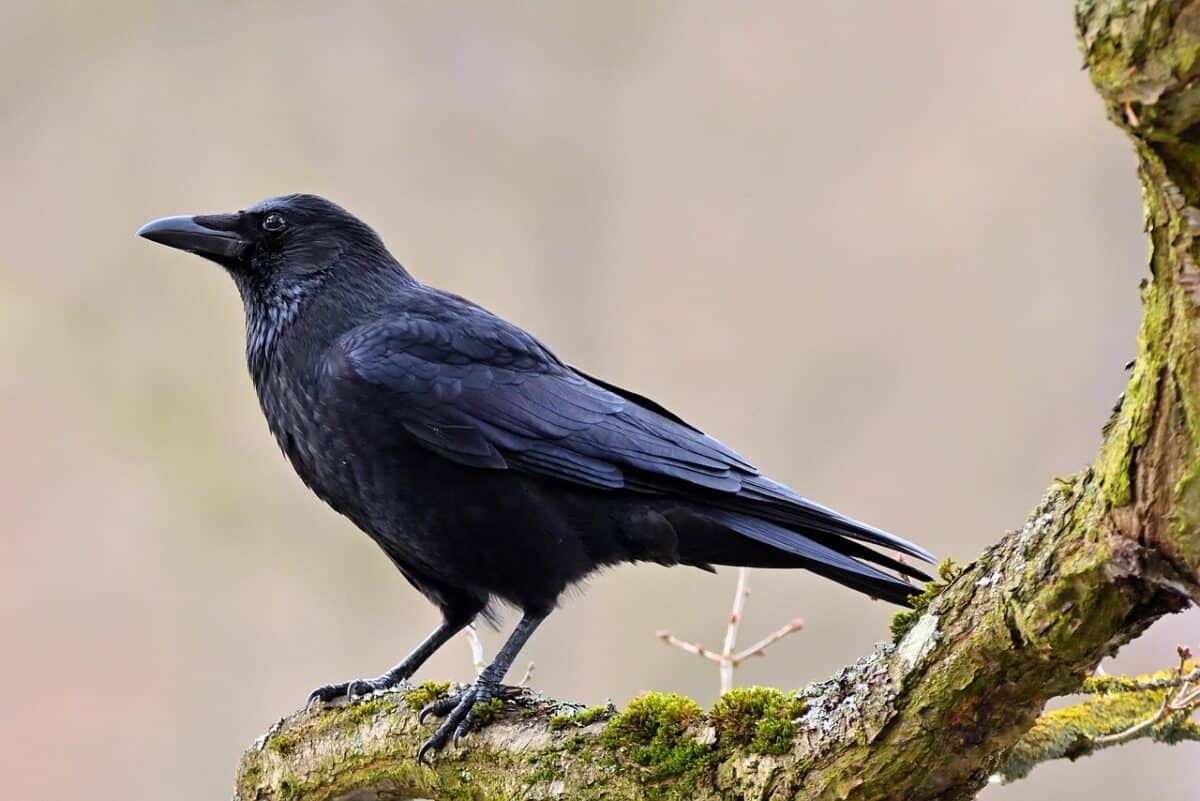
When it comes to distinguishing between human faces, crows don’t just take in the overall impression—they pay attention to specific features. Research suggests they focus particularly on the eyes, nose, and mouth areas, similar to how humans process faces. The distinctive way crows tilt their heads when observing humans may help them gather more visual information about facial characteristics. Interestingly, crows can distinguish between extremely similar faces, even when those faces are partially obscured by hats, glasses, or facial hair. They appear to create a complete mental representation of a face that allows for recognition despite changes in appearance. Studies using slight variations of the same mask have demonstrated that crows can detect subtle differences between very similar faces, suggesting their facial recognition abilities may be nearly as refined as those of some primates. This precise recognition capability serves as a powerful adaptation in environments where identifying friend from foe quickly can mean the difference between finding food and facing danger.
How Long Can Crows Remember Faces?

The longevity of crow memory is perhaps one of their most impressive cognitive traits. Scientific studies have documented that crows can remember specific human faces for at least five years—the length of many research projects—but anecdotal evidence suggests their memory may last much longer. In the University of Washington studies, crows continued to react negatively to researchers wearing the “dangerous” masks even after a five-year hiatus in the research, with no decline in recognition. What makes this even more remarkable is that the average lifespan of an American crow in the wild is 7-8 years, meaning these memories can persist for a significant portion of a crow’s life. Even more impressively, crows that were never captured themselves but merely observed others being captured maintained the memory and reaction to the threatening faces. This suggests that the experience created such a strong impression that it became a permanent part of their cognitive awareness, similar to how humans remember significant emotional events throughout their lives.
Positive vs. Negative Face Recognition
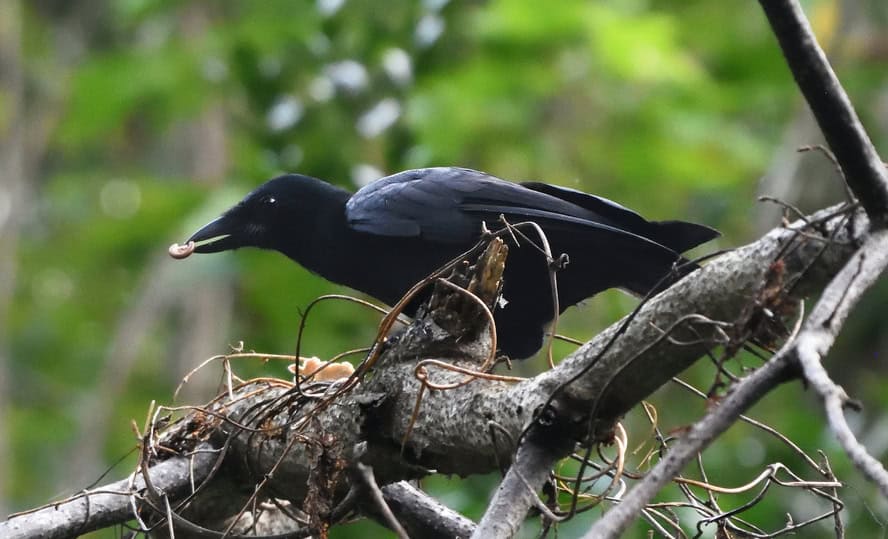
While much research has focused on how crows remember faces associated with negative experiences, these intelligent birds equally recognize and remember humans who have shown them kindness. Multiple studies and countless anecdotal reports document crows bringing gifts (shiny objects, trinkets, or even money) to humans who regularly feed them. This reciprocal behavior indicates not just recognition but a sophisticated understanding of social exchange. The emotional valence of an encounter seems to strongly influence how quickly and deeply a crow will commit a face to memory. Faces associated with highly emotional experiences—whether threatening (being trapped) or positive (receiving special treats regularly)—appear to be remembered more readily than neutral interactions. Crows have been documented changing flight paths to visit friendly humans, following them on walks, and even alerting them to potential dangers. This balanced recognition system helps crows maximize beneficial human interactions while minimizing risky ones, a sophisticated social intelligence that few non-human species demonstrate.
Evolutionary Advantages of Facial Recognition
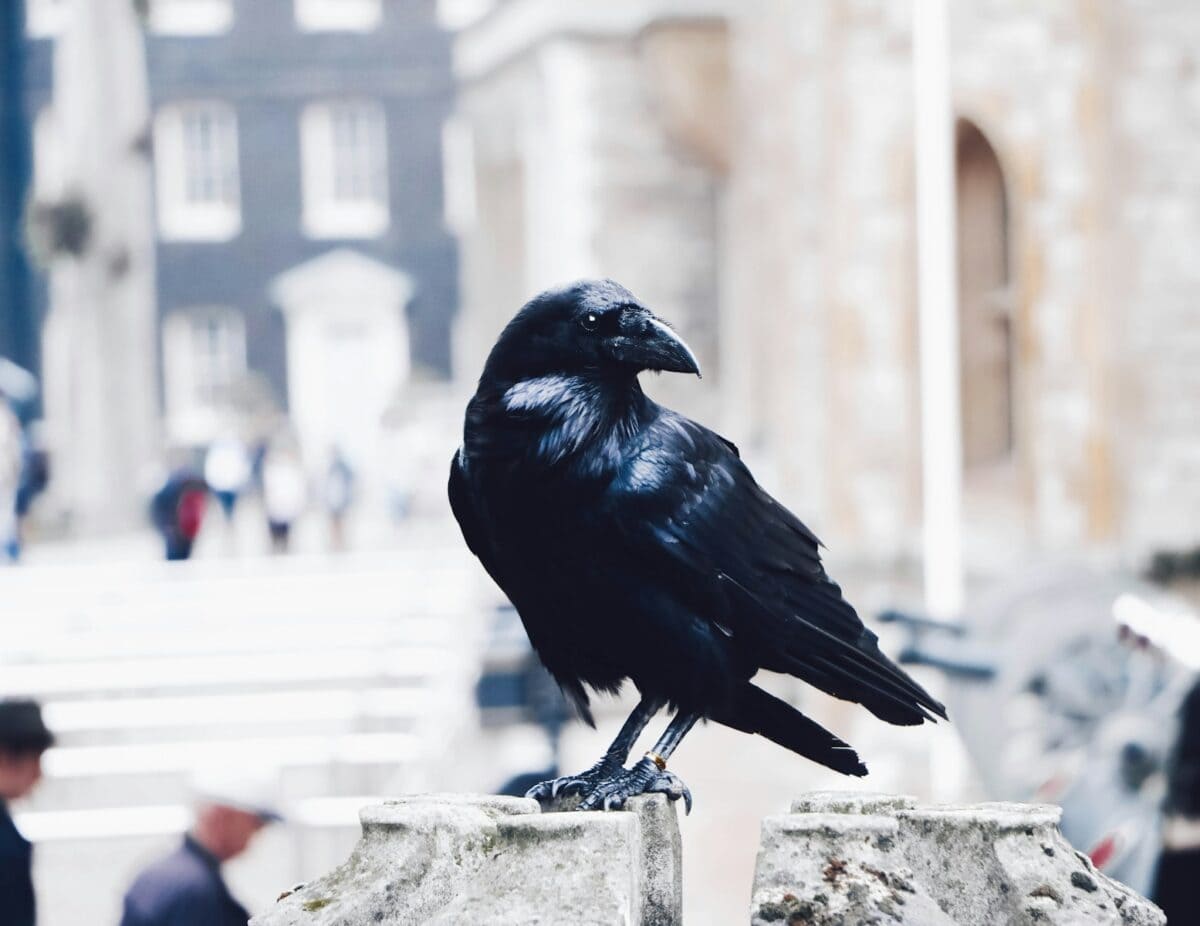
From an evolutionary perspective, the ability to recognize human faces offers crows significant survival advantages. As humans have increasingly dominated landscapes worldwide, the ability to distinguish between threatening and non-threatening humans has become a valuable adaptation. Crows that can accurately identify which humans leave food out, which are likely to chase them away, and which might pose serious threats can make better decisions about where to forage, nest, and spend time. This ability may help explain why crows have thrived in urban environments while many other bird species have declined. The recognition skill likely evolved from crows’ need to recognize individual members of their own species and other predators. As highly social birds that form complex communities, crows already possessed the neural architecture to distinguish between individuals. This existing capability may have been co-opted and refined to include human faces as crows and humans began sharing more habitat. Those crows better able to navigate human-dominated landscapes would have greater reproductive success, gradually spreading the trait through the population.
Cross-Cultural Recognition: Do Crows Recognize All Human Faces?

An intriguing question is whether crows’ facial recognition abilities extend across different human ethnicities and appearances. Research suggests that crows, like many animals with recognition capabilities, may show a form of the “other-race effect” observed in humans, where faces from one’s own ethnic group are easier to distinguish than those from unfamiliar groups. However, crows appear remarkably adaptable in this regard. Studies conducted across different geographic regions indicate that crows readily learn to recognize the predominant human phenotypes in their environment. Urban crows in Tokyo show strong recognition abilities for Asian faces, while their counterparts in Seattle demonstrate the same for predominantly Caucasian faces. What’s particularly interesting is how quickly crows adapt when exposed to diverse human populations. Crows living in multicultural urban centers appear to develop broad recognition capabilities across different human ethnicities. This adaptability further highlights the plastic nature of crow cognition and their remarkable ability to tune their perceptual systems to the specific requirements of their environment.
Crows vs. Other Animals: Comparative Recognition Abilities
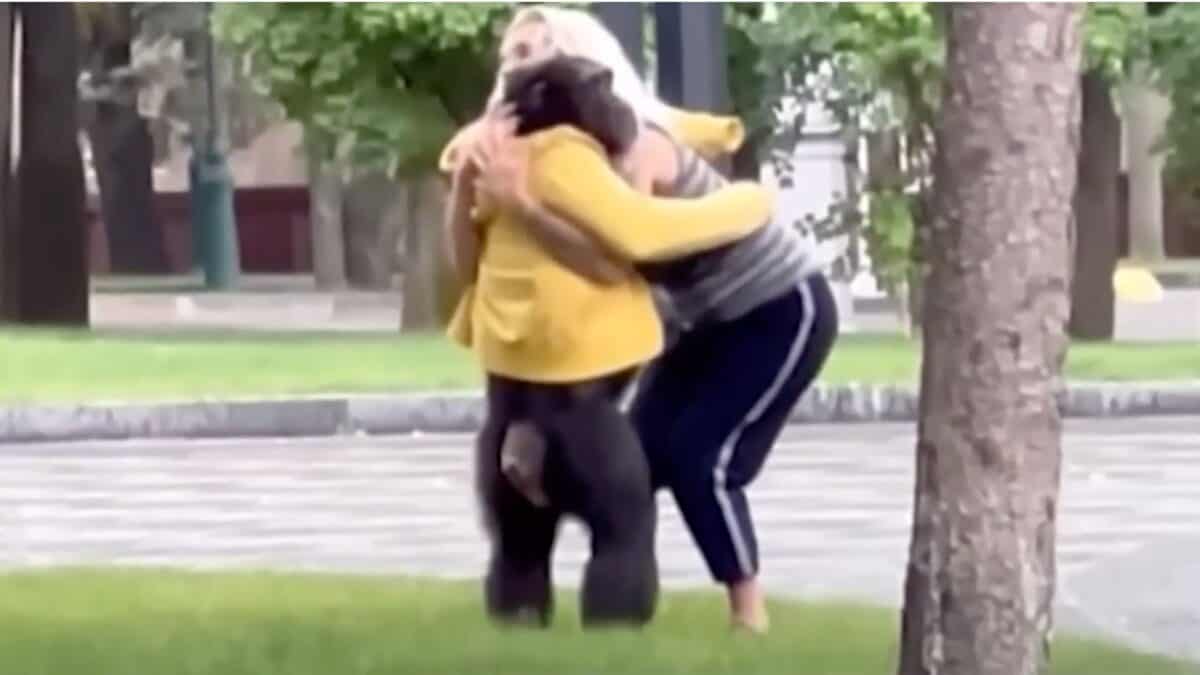
When comparing facial recognition abilities across species, crows stand among an elite group of animals. Primates, particularly chimpanzees and other great apes, demonstrate sophisticated facial recognition, which is unsurprising given their close evolutionary relationship to humans. Dolphins have shown the ability to recognize both familiar dolphins and humans, even through glass or on screens. Domesticated dogs and horses can distinguish between familiar and unfamiliar human faces, often showing preference for their owners or handlers. However, what makes crow recognition particularly impressive is that they accomplish this feat with a brain that is structurally very different from mammals. While mammals process facial information through specialized neural pathways in the visual cortex, crows achieve similar results with their avian brain organization. This represents a case of convergent evolution—different evolutionary paths leading to similar cognitive outcomes. Furthermore, crows’ recognition abilities aren’t limited to faces they interact with personally; they can learn from observing other crows’ interactions, a level of social learning few non-primate species demonstrate.
Practical Implications for Human-Crow Interactions

Understanding crows’ facial recognition abilities has important practical implications for human-crow interactions. For wildlife managers dealing with crow-related conflicts, this knowledge suggests that aggressive control methods may be counterproductive, as crows will remember the faces involved and potentially become more difficult to manage in the future. For urban planners, recognizing that crows maintain mental maps of friendly and unfriendly humans could inform design decisions for public spaces, potentially creating more harmonious human-wildlife interfaces. For individuals, this research offers a compelling reason to treat crows with respect—the bird you shoo away today may remember your face for years to come. Conversely, establishing positive relationships with local crows through consistent, non-threatening behavior and occasional feeding can create beneficial relationships. Many people report that after establishing positive associations, neighborhood crows act as unofficial guardians, alerting them to strangers on their property, chasing away pest species, and even bringing small trinkets as “gifts.” These practical applications highlight how understanding animal cognition can lead to more effective and ethical human-wildlife coexistence.
The Future of Crow Cognition Research

Research into crow cognition, including facial recognition, continues to expand our understanding of animal intelligence in exciting ways. Current research frontiers include exploring whether crows can recognize human emotional states based on facial expressions, determining if crows use different neural pathways for processing familiar versus unfamiliar faces, and investigating whether crows can recognize humans across dramatically different contexts (such as seeing someone in different clothing or environments). Advanced neuroimaging techniques are being adapted for avian subjects, allowing researchers to observe crow brain activity in real-time during recognition tasks. Some researchers are exploring the possibility of using crow recognition abilities in practical applications, such as training crows to identify specific individuals in search and rescue scenarios. Citizen science projects are also emerging, allowing bird enthusiasts to contribute observations of crow recognition behavior to large databases, creating more comprehensive understanding of these behaviors across different environments and cultures. As research tools become more sophisticated and our understanding of avian cognition deepens, we may discover that crow intelligence encompasses even more remarkable abilities than we currently recognize.
The ability of crows to recognize human faces challenges our traditional understanding of animal intelligence and the cognitive divide between humans and other species. These remarkable birds, with brains structurally different from mammals yet capable of sophisticated recognition and memory tasks, remind us that intelligence has evolved along multiple pathways in the animal kingdom. Their ability to not only recognize individuals but also communicate that information across generations represents a form of cultural learning that blurs the lines between learned and instinctual behavior. As we continue to share our increasingly urbanized world with these adaptable, observant neighbors, developing a deeper appreciation for their cognitive abilities may lead to more thoughtful and harmonious coexistence. Perhaps most importantly, the growing evidence of crow intelligence invites us to reconsider our responsibilities toward the other thinking beings with whom we share the planet, recognizing that many animals perceive and remember our actions in ways more complex than we have traditionally assumed.
- Species Where the Father Takes Over Parenting Duties - August 17, 2025
- How Snakes Use Heat Vision to Hunt at Night - August 17, 2025
- Crows Can Recognize Human Faces - August 17, 2025

